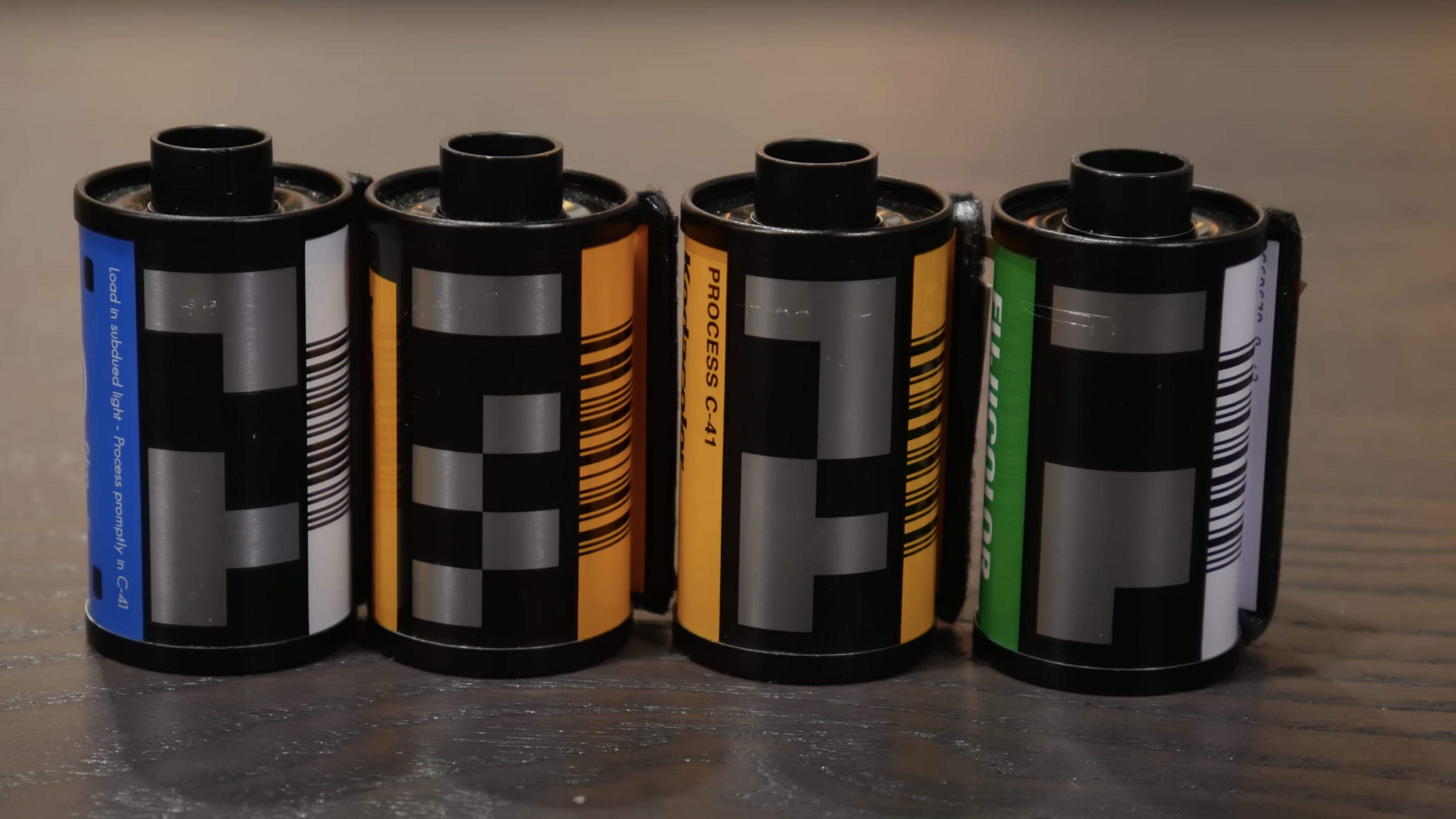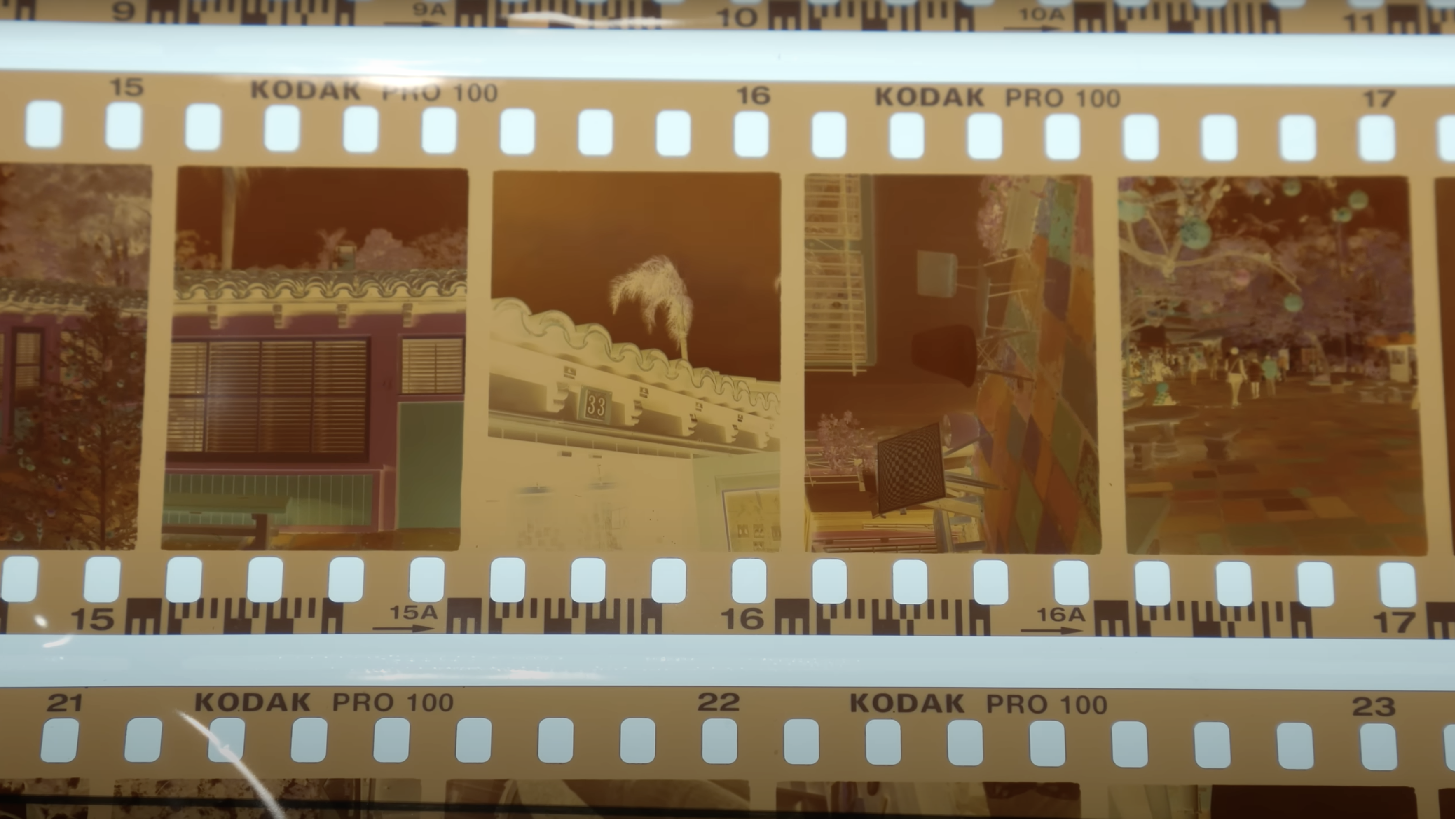
You may think of 35mm film as a purely analog medium – a simple roll of chemically-coated celluloid that reacts when exposed to light to create the negatives from which photographs are produced – but there's actually some digital trickery going on too. Have you ever considered what those strange silver-and-black squares printed on the canister are – or even noticed them? Or did you stop to ponder what the tiny barcodes that appear beneath the processed negatives signify?
YouTube channel Technology Connections explores this in a video that's part of its No Effort November series, where purportedly 'no effort' was made in the making of the video (though I suspect that there actually was quite a lot of effort involved in making it look like no effort was involved – a blooper reel at the end shows the outakes, so it clearly took a fair while longer to put together than the 15 or so minutes that the video runs for).
As you'll learn from the entertaining and irreverent video, those squares encode important information that helps the photographer to correctly expose the film without even thinking about it, all thanks to the DX (Digital IndeX) Encoding standard introduced by Kodak and subsequently adopted by all the major film manufacturers.
It turns out that the silver squares are electrically conductive, while the black ones aren't, and a series of electronic contacts in the host camera could read all sorts of data about the film that had been loaded into it.
Most importantly, it could automatically tell the camera the sensitivity of the film. Just as today's digital cameras have an ISO setting that determines the 'sensitivity' of the sensor output (that forms part of the exposure triangle, along with shutter speed and aperture, to work out the correct exposure), film was manufactured with different ISO ratings.
Bog-standard ISO100 film was for shooting in daylight, while ISO400 was better suited to gloomy conditions. ISO1600 film was an exotic stock reserved for action photography, such as sports, or used when the light was low.

Before DX Encoding came along, photographers would need to manually select the ISO rating of the film in the camera – and if you forgot, you'd have a whole 24 or 36 incorrectly exposed frames (incidentally, DX Encoding could also tell the camera how many frames were in the roll, and also other stuff, such as the exposure latitude of the film).
As for the barcodes: this would tell the processor how to process the film. Look, just watch the video and all is explained!
If you're fan of all things retro, see our guide to the best film cameras and the best 35mm film. You might also be interested in this YouTube video charting the rise and fall of DX coding pioneer Kodak.







